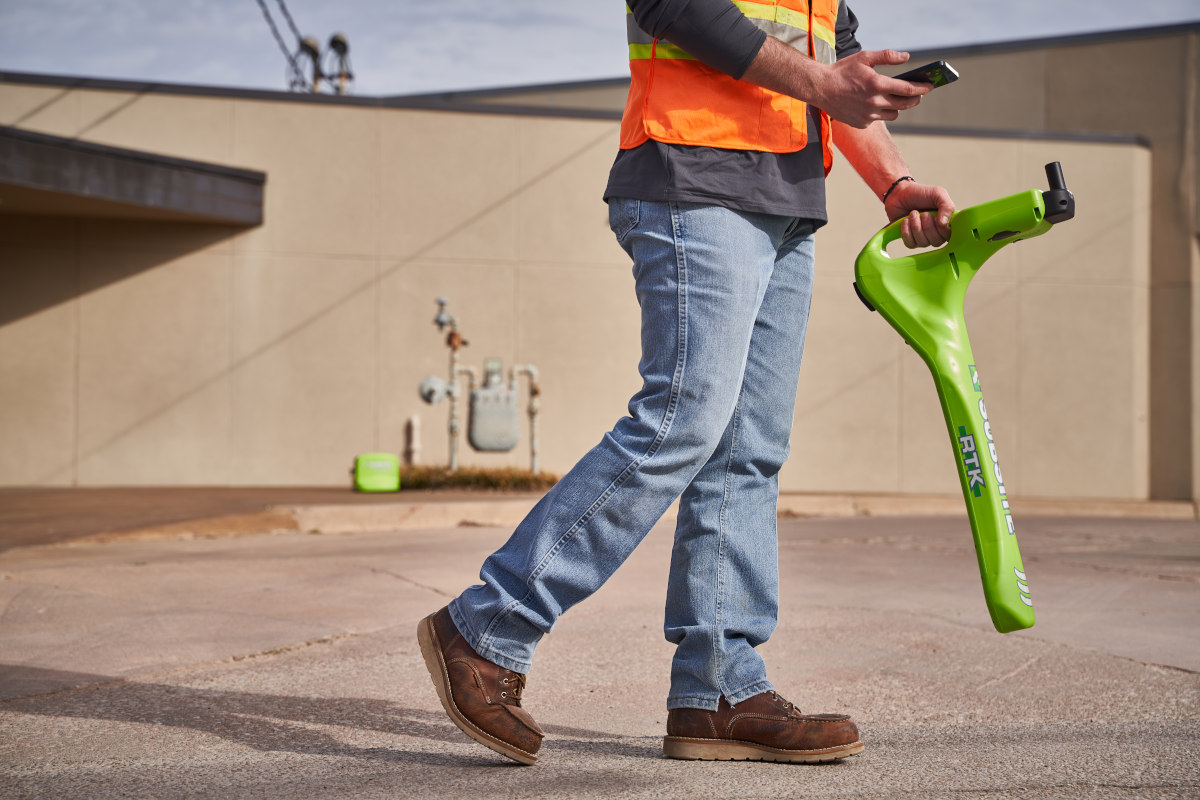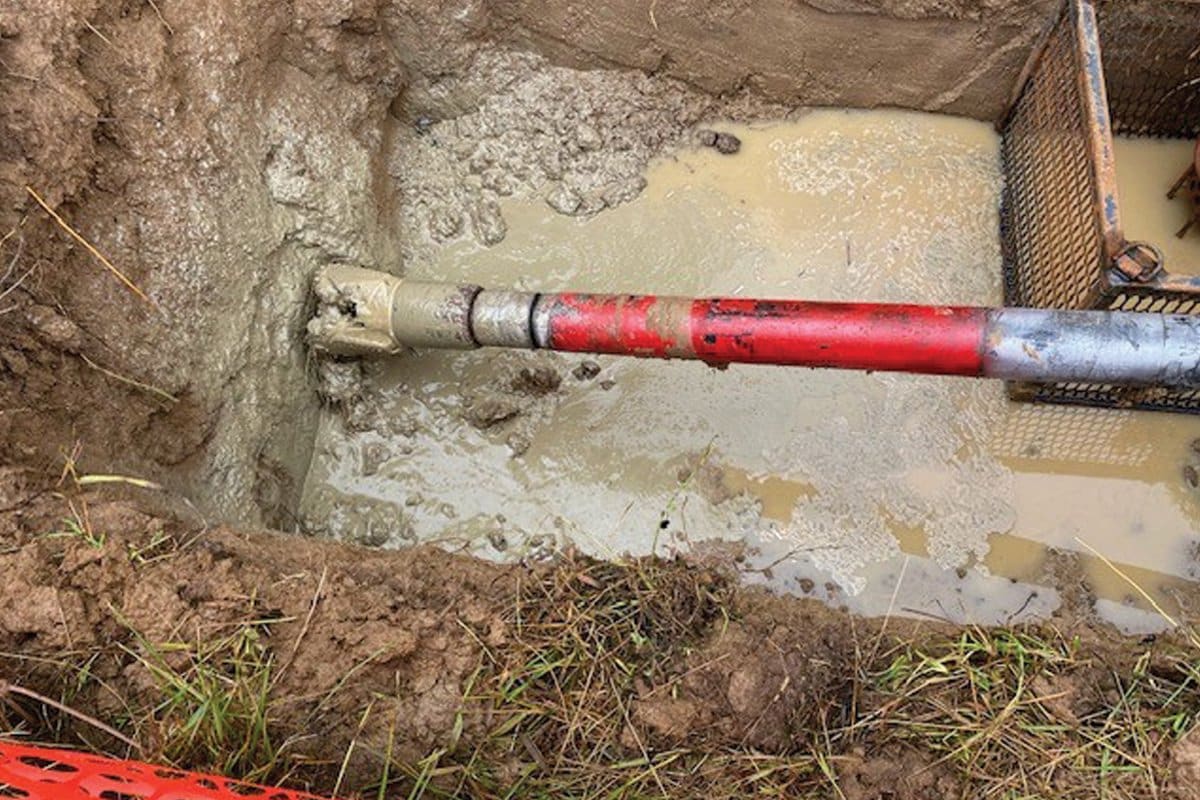Tips for Operating & Maintaining Your Nozzles

What seems like common sense to him and other experts can be a revelation to some customers when they receive advice. But over the years, Bradford has seen changes in the prospective customer — and definitely for the better.
If anything, the customers are getting savvier in what they are asking about, says the longtime Shamrock Pipe Tools general manager. “Customers are starting to pay attention to what the nozzle actually does,” Bradford says. “You used to be able to send them a nozzle and they were perfectly happy with it. Now, they are asking more questions about how it’s used and what applications are best for what nozzle.”
With that in mind, we asked Bradford to impart some of his pipe cleaning wisdom to our readers on a few of the basics they should be following. By following general performance guidelines and nozzle maintenance, you can save time, energy and money on your jobs.
“[Customers] are taking better care of their equipment,” Bradford says. “They try to take care of it because it makes it easier to work when you have clean equipment and you get longer use…Nozzles are getting expensive. What used to be a few hundred dollar purchases in some cases can be in the thousands.”
Know Your Pump
One of the keys is to know the output of your pump. “That’s probably one of the single most important things,” Bradford says. “Whatever is coming out of that hose, that’s the volume of water you want to set your nozzle for.
“There are guys out there who, to impress a customer, will say that this pump will do 100 gallons at 2,000 psi. But once you start bringing [the water] down to the nozzle and hose, and you only get 50 gallons of water, you are going to have a problem.”
The only way to know the exact output of your pump and nozzle is to use a flow meter, Bradford says. “To make sure you are getting the maximum efficiency out of your pump.”
Worn Nozzles & Orifices
“This is a killer,” Bradford says. Calls come into the Shamrock Pipe Tools service department from customers having trouble getting pressure out of the nozzle. “We’ll ask if they tried another nozzle, which they haven’t. Most times the problem is a worn out nozzle that is creating all their problems,” he says.
Contrary to popular belief, nozzles — like everything else in life — do not live forever. They don’t typically make it to four years. The continued pounding of water erodes the tool quickly so visually inspect your nozzle after each job. “A standard nozzle may only last six to seven months,” Bradford says. “A nozzle with any type of insert, maybe 12 to 13 months. You will start seeing wear on it after your first job.”
Keep the Strainer Clean
The pump’s strainers and tanks need to be routinely cleaned out to rid them of the debris, sludge and sediment that can clog the system. “If you have a dirty strainer, then the pump is overworking, trying to get water to the hose. That’s going to cause problems,” Bradford says.
Bradford likens the strainer to the air filter in a car, saying that you need to change it every 3,000 miles or so to eliminate potential problems — the strainer is the same thing.
Inspect Your Sewer Hose
Keep an eye on your hose, checking for rips, tears or kinks during and after a job. The hose wears from the inside out but you need to do an exterior check as well, Bradford says. “You are sending the hose down a dirty and potentially broken sewer line,” he says. “Chances are you are going to tear the outside of your hose. You try to protect it but make sure you inspect it.”
Ways to protect your hose is to use a leader hose, manhole roller and hose guide to reduce wear. To extend the life of your nozzle, use a skid or extension when possible to prevent them from turning into service laterals. “Use of a skid reduces friction,” Bradford says. “There are some instances in which it’s not possible to use it, but use it if you can.”
Always Step Clean
Some folks seem to think that cleaning the line in one shot is the way to go to get the job done faster. Not so — you can be asking for trouble by going this route. “To avoid burying your hose in sewer lines that have large amounts of sand or debris, always clean the line in short runs,” Bradford says, advising 25- to 50-ft runs. “You should never try to clean the whole pipe at once. They think it’s faster but it’s not.”
You just don’t know what is down there in the way of debris and obstacles or whether the pipe is broken. “They think they can go manhole to manhole and clean it in one shot,” he says. “It may seem like a relatively clean pipe and then they try to pull back the hose and they are stuck trying to work their way out. Always step clean!”
Jet Upstream
Jetting upstream is typically standard operating procedure but it’s worth reminding folks. “Jet upstream against the flow to clean back to the machine with the flow,” Bradford says. “This will enhance your flushing action.”
Importance of Combination Nozzles

There are people out there who think there is one “super nozzle” that can do everything — they are mistaken. “Look at what the nozzle is designed to do and take a common sense approach,” Bradford says.
Dealing with Root Issues
Dealing with roots is not a fun proposition so don’t make it harder on yourself. Bradford advises using a smaller nozzle first to start working your way through the root blockage — relying on step cleaning. Once you get the roots out of the way, then you can attach your root cutters and clear the pipe.
Incorrect Repairs Can Cause Serious Injury
Bottom line is that you have to respect the tools and equipment you are using. “You are putting water in a compressor and water doesn’t want to be compressed,” Bradford says. “It can be very dangerous.”
Serious injury or worse can occur if the proper precautions aren’t taken.
Sharon M. Bueno is managing editor of Trenchless Technology.




